Faces From Afar: One American’s Endeavor to Kick Ecuador’s Vegetable Oil Habit
Coconut oil is healthy. It smells and tastes like sweet tropical butter. Yet almost nobody in Ecuador uses it
/https://tf-cmsv2-smithsonianmag-media.s3.amazonaws.com/filer/9e/cf/9ecf9bfd-bb79-4b89-8142-b442d9cdcbe4/coconutcarlnordeng1.jpg)
“Faces From Afar” is an ongoing series in which Off the Road profiles adventurous travelers exploring unique places or pursuing exotic passions. Know a globetrotter we should hear about? E-mail us at [email protected].
It’s healthy. It smells and tastes like sweet tropical butter. It can be used hot or cold, on food, in your hair and on your skin. And it’s readily available throughout the coastal tropics.
Yet almost nobody in Ecuador uses coconut oil.
Instead, vegetable oil saturates the local culture as the cooking grease of choice. It is sold in giant bottles for several dollars and used by the pint for frying plantains, potatoes and meats, and Ecuadorian kitchens and street food stalls sometimes reek of stale, burned oil. But one American man is striving to invent a new culinary tradition here. Carl Nordeng has lived in Ecuador for several years and for the past 18 months has been doing something industrious and novel: He’s making and selling coconut oil in the little, picturesque village of Vilcabamba. Nordeng uses wild coconuts harvested from trees near the northern town of Esmeraldas, and his facility, consisting of a small collection of equipment, is situated in a grove of mango and avocado trees that provide shade in the early and late hours of the day.
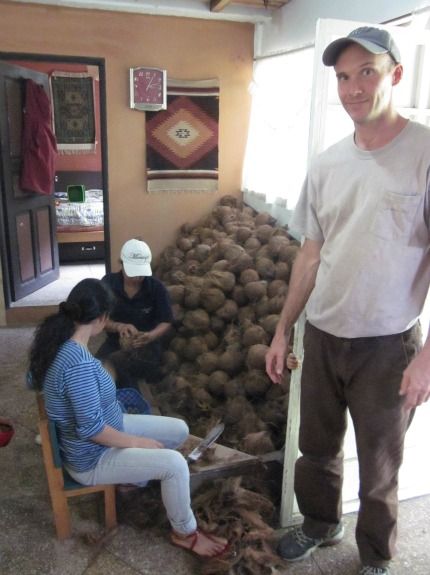
Nordeng first visited Vilcabamba about five years ago. In his early 30s at the time, he was a health aficionado interested in natural healing and cleansing methods. He met a woman here whom he would eventually marry, and he began returning regularly, from his home in Washington State. Nordeng wasn’t infatuated with local cuisine. He found it bland and too greasy, and he also felt sure that refined vegetable oil—a staple component in Ecuadorian pantries—was having negative effects on the nation’s health. Diabetes is a leading killer and crippler of Ecuadorians, and Nordeng blamed the prevalent fried foods. In the interest of maintaining his own health during his sojourns to Ecuador, Nordeng cooked frequently—and he rarely returned from the United States without a few jars of coconut oil, which has shown effective as an antifungal agent, strengthens the immune system and can help the body positively manage its insulin levels—a point relevant to a diabetes-stricken nation like Ecuador.
“It was the foundation of my diet,” Nordeng says, adding that he could not find the product in Ecuador and that he was not willing to give it up.
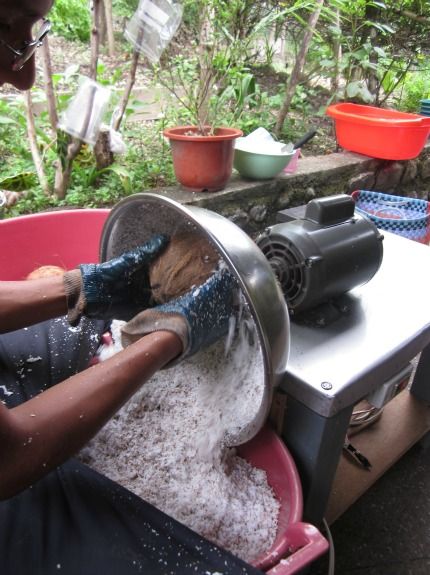
After only several trips with an extra-heavy suitcase, Nordeng began to research the possibilities of making coconut oil himself in Ecuador. Upon learning that it wasn’t particularly challenging—the trick is simply to eliminate the water from the flesh and then squeeze out the oil—he soon went the next step and began to make the fragrant white coagulate in his kitchen in home-sized batches. He tried several methods until settling on his current system—a simple three-step process of grinding, toasting and pressing. He built his own equipment and, 18 months ago, sold his first bottle under the label “Oro Blanco.” Today, Nordeng grinds out 20 liters of coconut oil daily. All is sold within Vilcabamba, mostly to North American and European tourists but also to a growing number of locals.
Nordeng says he hopes to expand sales to Ecuadorians, but at $15 a jar, Oro Blanco oil is currently far too expensive to be a household staple in Ecuador, where the average salary is $7,500 per year, according to Average Salary Survey. Nordeng is now paying more than $1 per coconut and splits and scrapes clean as many as 250 per day. He says he is trying to secure a source of quality fruits from Peru, where the cost may be less than 20 cents per coconut.
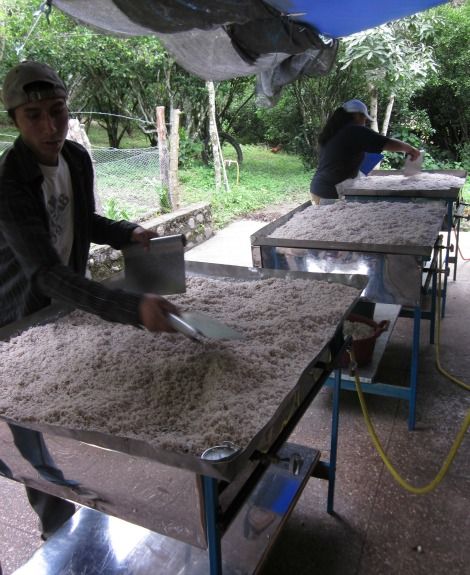
Even if he can reduce the retail price of his product to just several dollars, Nordeng wonders how easy it will be to convince locals born and raised on foods fried in pans of vegetable oil to make the transition from one oil to the other.
“It would be hard to instill coconut oil into centuries of tradition here, but based purely on the flavor, it seems like it shouldn’t be a deterrent to people,” Nordeng says. “It’s not like we’re trying to sell them something gross.”
Nordeng labels his coconut oil “cold-pressed extra virgin.” This means that the oil is extracted without the use of heat, which can damage some of an oil’s natural compounds. The label also specifically guarantees that the oil is from fresh coconut flesh—not derived from secondary coconut byproducts, like the compressed “cakes” of coconut shavings that come from Nordeng’s press by the dozen each day. He may eventually provide these for bakers or granola bar producers, but for now his neighbors use the gritty—and, frankly, delicious—waste material to feed to their animals.
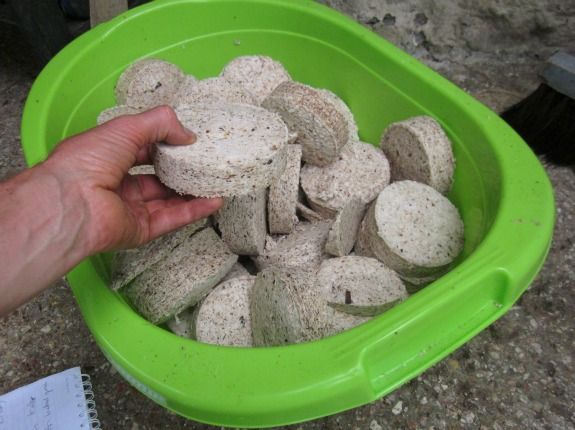
Coconuts, of which there are hundreds of varieties in the species Cocos nucifera, occur throughout the earth’s tropics. Coconut oil is commonly used in Pacific island communities, as well as in southern Asia. In Ecuador, coconut palms grow from the coast all the way to a mile or more of elevation in the Andes, as well as in the Amazon basin. The fruits are very popular as snacks; street vendors nick a hole at one end, insert a straw and sell the fruits for a dollar to customers who drink the water and, occasionally, take the trouble to crack open the coconuts and access the rich flesh that clings to each shell’s interior. But coconuts rarely get as far as the kitchen here.
In the United States, too, where coconut oil sales are booming, the product had to overcome a negative reputation, for it had been pinned as a culprit in widespread health problems—a reputation that still persists. The major argument against coconut oil has been its saturated fat content—though this particular fat is lauric acid, said by many to be one of the “good” saturated fats. This food blog, Organic Facts, discusses coconut oil’s effects on levels of cholesterol, of which some are considered “good” and others “bad.” Coconut oil, according to nutritionists, increases the good cholesterol and decreases the bad.
Nordeng notes that the legend of longevity in the valley that he has called home for five years is “a myth,” as discussed in “Off the Road” in February. Nordeng says many people leave the village before they reach old age, while others die young.
“People are literally killing themselves here by using tons of this rancid vegetable oil,” Nordeng says. “I’m providing an alternative.”
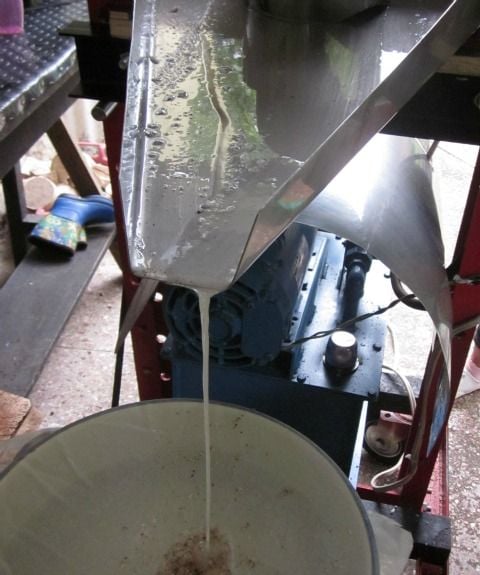
Planning Your Next Trip?
Explore great travel deals
Smithsonian magazine participates in affiliate link advertising programs. If you purchase an item through these links, we receive a commission.
/https://tf-cmsv2-smithsonianmag-media.s3.amazonaws.com/accounts/headshot/Off-Road-alastair-bland-240.jpg)
/https://tf-cmsv2-smithsonianmag-media.s3.amazonaws.com/accounts/headshot/Off-Road-alastair-bland-240.jpg)